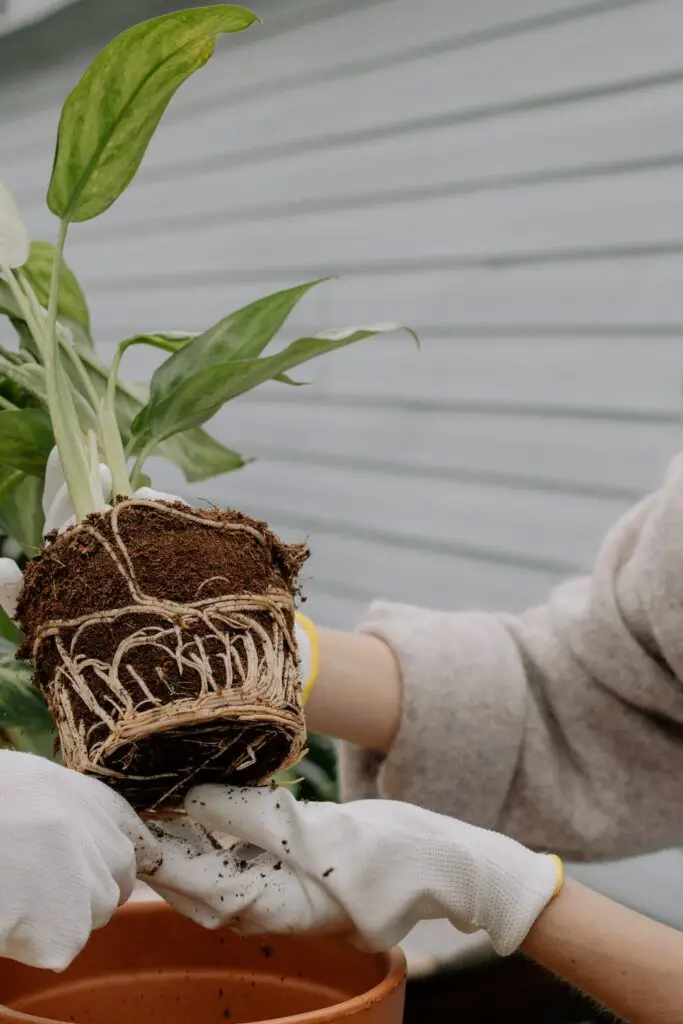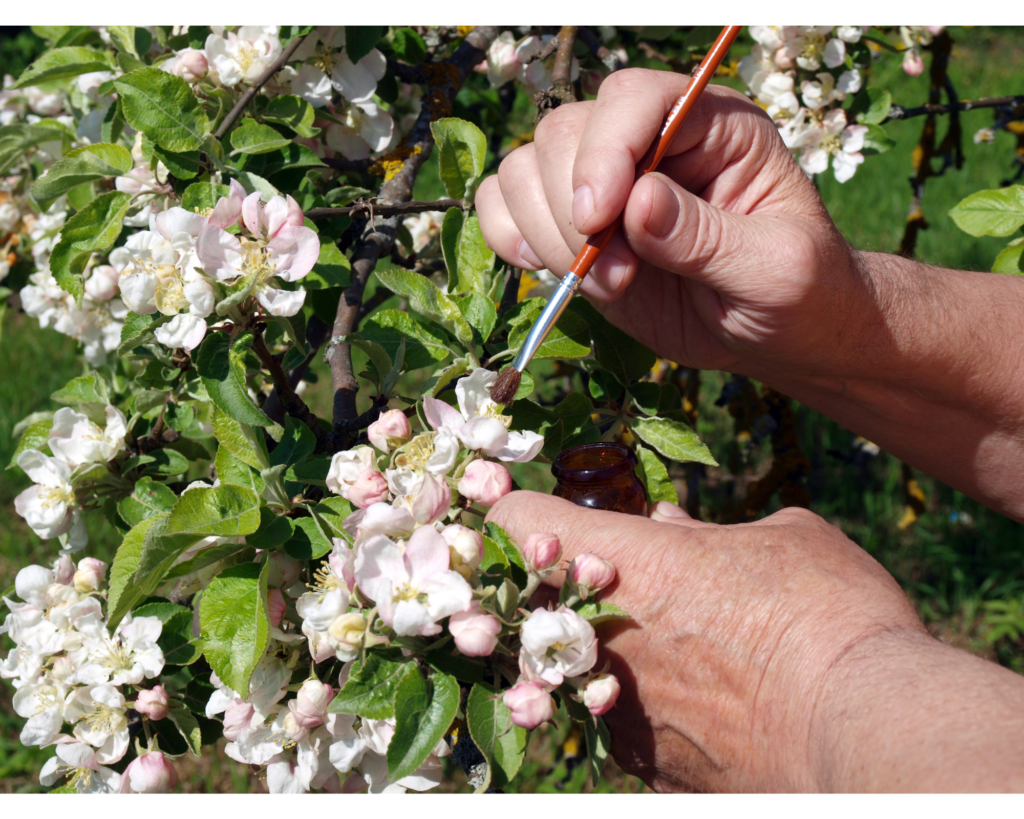The desert rose, also known as Adenium obesum, is a popular indoor plant that is loved for its stunning blooms and unique shape. This plant is native to sub-Saharan Africa and the Arabian Peninsula. It is well adapted to hot and dry climates. In this article, we will explore everything you need to know about the desert rose indoor plant, including its care, propagation, and common problems.
Table of Contents
Appearance
The desert rose is a succulent shrub that can grow up to six feet (1.8 metres) tall in the wild, but is typically smaller when grown as an indoor plant. The plant has a thick, swollen stem that stores water, and the leaves are long, narrow, and pointed. The most striking feature of the desert rose is its flowers, which can range in colour from white to pink, red, and even purple. The flowers have five petals that are funnel or trumpet-shaped, and they typically bloom in the spring and summer.


Care
The desert rose is a low-maintenance plant that is relatively easy to care for, but it does require some specific conditions in order to thrive. Here are some tips for caring for your desert rose indoor plant:
Light
The desert rose requires bright, direct sunlight in order to grow and bloom properly. It is best to place the plant in a south-facing window or other location where it will receive at least six hours of direct sunlight per day.
Water and soil requirements
As a succulent, the desert rose is resistant to dry conditions and does not require frequent watering. It is important to let the soil dry out completely between waterings, as overwatering can lead to root rot. When you do water your desert rose, be sure to water deeply, so that the water reaches the bottom of the pot. The desert rose prefers well-draining soil that is slightly acidic. A soil mix formulated for cacti and succulents is a good choice for this plant.
Temperature and humidity requirements
The desert rose prefers warm temperatures and is not cold-hardy and should be kept in a location where the temperature does not drop below 60 degrees Fahrenheit (15 degrees Celsius). In terms of humidity, the desert rose does not require high humidity, but it can benefit from occasional misting.
Fertilisation
The desert rose should be fertilised during the growing season, which is typically from spring through to fall (autumn). A balanced fertiliser that is formulated for cacti and succulents is a good choice for the desert rose plant.
Propagation
The desert rose can be propagated from cuttings or by seed. Here are the steps for each method:
- Cuttings: Take a cutting from the desert rose by making a clean cut just below a leaf node. Allow the cutting to dry for a few days, and then plant it in well-draining soil. Keep the soil moist and place the cutting in a bright location, but out of direct sunlight. The cutting should root within a few weeks.
- Seeds: Collect seeds from a mature desert rose plant and allow them to dry for a few days. Plant the seeds in well-draining soil and keep the soil moist. The seeds should germinate within a few weeks.
Common problems experienced with desert rose plants
The desert rose is generally a hardy plant that is resistant to pests and diseases. However, there are a few common problems that you may encounter:
Root Rot
Root rot is when the soil stays too wet for too long, the roots become waterlogged and begin to rot. Symptoms of root rot include yellowing leaves, wilting, and a foul odor. To treat root rot, stop watering the plant immediately and allow the soil to dry out completely. You may need to repot the plant in fresh, well-draining soil to prevent further damage.
Spider Mites
Spider mites are tiny pests that can infest desert rose plants and cause damage to the leaves. Symptoms of a spider mite infestation include yellowing leaves, webbing on the plant, and tiny brown spots on the leaves. To treat spider mites, wash the plant with a strong spray of water to remove the pests. You can also apply insecticidal soap or neem oil to the leaves to kill the pests.
Mealybugs
Mealybugs are another common pest that can infest desert rose plants. They are small, white, fluffy insects that feed on the plant’s sap and excrete a sticky substance called honeydew. Symptoms of a mealybug infestation include yellowing leaves, stunted growth, and a sticky residue on the leaves. To treat mealybugs, wash the plant with a strong spray of water to remove the pests. You can also apply insecticidal soap or neem oil to the leaves to kill the pests.
Fungal Diseases
Desert rose plants can be susceptible to fungal diseases, such as powdery mildew and black spot. Powdery mildew appears as a white, powdery substance on the leaves, while black spot causes dark spots on the leaves. To treat fungal diseases, remove infected leaves and treat the plant with a fungicide. You can also improve air circulation around the plant by pruning back overgrown branches.
Leaf Drop
Leaf drop can occur for a variety of reasons, including overwatering, underwatering, and low light conditions. If your desert rose plant is dropping leaves, check the soil moisture and adjust your watering schedule accordingly. You may also need to provide more light to the plant by moving it to a sunnier location or adding artificial light.
Repotting the desert rose plant
Repotting a desert rose plant is an important part of its care routine, as it allows the plant to continue to grow and thrive. Here are the steps to follow when repotting your desert rose plant:
- Choose the Right Pot: When selecting a new pot for your desert rose plant, choose one that is slightly larger than the current pot, but not too big. A pot that is too large can hold too much moisture, which can lead to root rot. The pot should also have drainage holes to allow excess water to escape.
- Prepare the Soil: Desert rose plants require well-draining soil that is rich in nutrients. You can purchase a premade cactus or succulent soil mix, or you can make your own by mixing equal parts of sand, perlite, and peat moss.
- Remove the Plant from its Current Pot: Gently loosen the soil around the roots and carefully lift the plant out of its current pot. If the plant is root-bound, meaning the roots have grown around the edges of the pot, use a clean, sharp knife or scissors to cut away some of the roots.
- Add Fresh Soil to the New Pot: Place a layer of fresh soil in the bottom of the new pot, making sure it is level.
- Repot the Plant: Place the desert rose plant in the new pot, making sure it is centered and at the same level it was in the previous pot. Add soil around the edges of the pot, gently pressing it down to ensure that the plant is secure. Water the plant thoroughly and allow any excess water to drain out of the bottom of the pot.
- Care for the Plant: After repotting, it’s important to give the plant time to adjust to its new environment. Place it in a location that receives bright, indirect light and avoid watering it for a few days to allow the roots to settle in. Once the plant has adjusted, resume your regular care routine, including regular watering and fertilisation.


Pollination
Pollinating a desert rose plant can be a fun and rewarding experience, as it can result in the plant producing beautiful, colorful flowers. Here are the steps to follow when pollinating your desert rose plant:
- Wait for the Right Time: Desert rose plants typically bloom in the spring and summer, so it’s important to wait until this time to pollinate the plant. Look for flowers that are fully open and have a visible stigma and stamen.
- Collect Pollen: Use a small paintbrush or cotton swab to collect pollen from the stamen of a flower. Gently brush the stamen with the brush or swab to collect the pollen.
- Apply Pollen: Once you have collected pollen, use the same brush or swab to transfer the pollen to the stigma of another flower. Gently brush the stigma with the pollen, making sure to cover it completely.
- Wait for Results: After pollinating the plant, it can take several weeks for the flower to develop into a seed pod. Once the seed pod has developed, it can take several months for the seeds to mature and be ready for planting.
Conclusion
The desert rose plant is a beautiful and unique indoor plant that can bring colour and life to any room. While caring for the plant can be challenging at times, it’s important to remember that with the right conditions and care, the desert rose can thrive and produce stunning flowers. Overall, the desert rose plant is a wonderful addition to any indoor plant collection, and with proper care and attention, it can continue to thrive and bring beauty and life to your home.


Best Pot for Desert Rose - Back Gardener
Tuesday 21st of May 2024
[…] designed for cacti and succulents, as these will provide the best results. By choosing the best pot for desert rose plants, including self-watering options, gardeners can set their plants up for […]